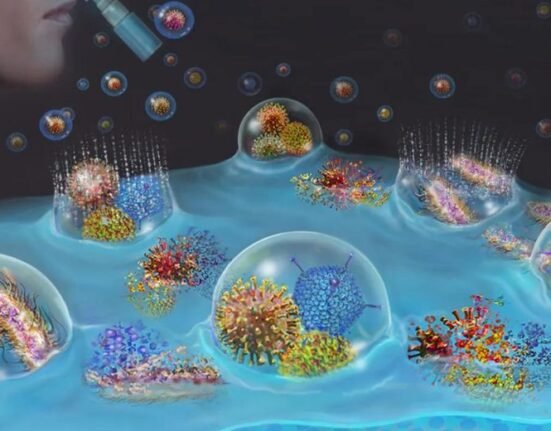HQ Team
November 1, 2023: A collaboration between the University of Bonn, Utrecht University, and Northeastern University in Boston, alongside NovoBiotic Pharmaceuticals, has unveiled a promising new antibiotic, Clovibactin. This discovery comes at a crucial time as the world faces an alarming rise in bacterial resistance, endangering the efficacy of existing medications against infectious diseases.
Rise in antibiotic resistance
The escalating resistance to conventional antibiotics fuels the urgent need for innovative solutions. Researchers worldwide are racing against time to discover new, potent compounds to address this global health crisis.
Scientists from the University of Bonn, the German Center for Infection Research (DZIF), Utrecht University (Netherlands), Northeastern University in Boston (USA), and NovoBiotic Pharmaceuticals have identified and decoded the mode of action of Clovibactin, a novel antibiotic derived from a soil bacterium. This antibiotic has demonstrated remarkable efficacy in attacking bacterial cell walls, including those of multi-resistant “superbugs,” marking a breakthrough in the fight against antibiotic resistance. The study’s findings have been published in the journal Cell.
Clovibactin
Unlike many antibiotics currently in use, Clovibactin’s exceptional mode of action makes it a promising candidate in the fight against antibiotic-resistant bacteria. In the words of Prof. Dr. Tanja Schneider of the Institute for Pharmaceutical Microbiology at the University of Bonn, “We urgently need new antibiotics to stay ahead in the race against bacteria that have become resistant.” In recent decades, only a limited number of new substances have emerged to combat bacterial pathogens, making Clovibactin a potential game-changer.
This antibiotic is derived from the soil bacterium Eleftheria terrae subspecies carolina, which uses Clovibactin to defend itself against competing bacteria. Clovibactin’s mode of action involves simultaneously targeting multiple sites on the bacterial cell wall, disrupting essential building blocks. It binds to these building blocks with extraordinary intensity, ultimately leading to the destruction of the bacteria’s cell envelope. The antibiotic encloses the target structure like a cage, as evidenced by the name “Clovibactin,” derived from the Greek “Klouvi” (cage).
Resistance mitigation
Clovibactin primarily targets gram-positive bacteria, including notorious “hospital pathogens” like MRSA and tuberculosis. Notably, researchers are optimistic that these bacteria will not develop resistance to Clovibactin as swiftly as they do with other antibiotics. The reason lies in the antibiotic’s unique multi-target approach, which triggers the release of enzymes, known as autolysins, leading to the uncontrolled dissolution of the bacteria’s own cell envelope. This combination of mechanisms reinforces Clovibactin’s resistance.
Impact of antibiotic resistance
Antimicrobial resistance is a global concern, contributing to a $20 billion surplus in direct U.S. healthcare costs annually and causing approximately $35 billion in lost productivity each year. Despite these alarming statistics, the introduction of new antibiotics into clinical practice has been limited over the last decade, with many bearing similarities to previously identified antibiotics.
While Clovibactin’s potential is undeniable, there is still a long road ahead before this new antibiotic reaches the market.








